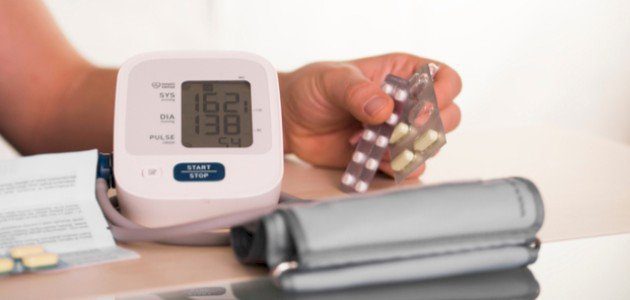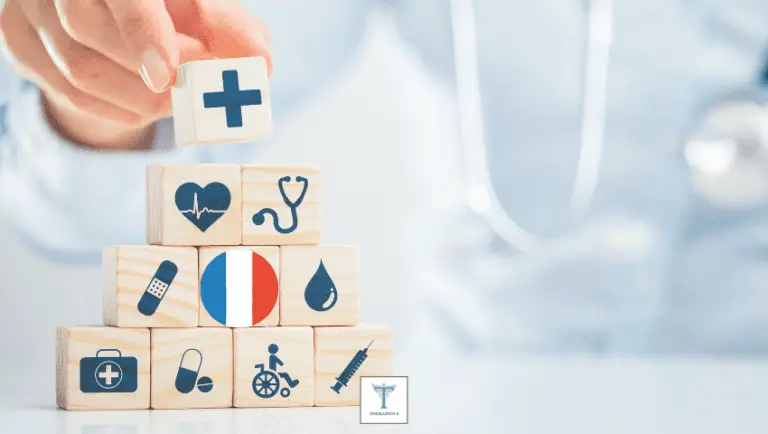Blister .. A Very Simplified Guide 2023
Blister is a common medical condition that affects many individuals worldwide. It is a small pocket of fluid that develops on the surface of the skin, often caused by friction, burns, or chemical exposure. Blisters can range from mild to severe, and their treatment varies depending on the underlying cause and symptoms.
In this article, we will discuss what a blister is, its various causes, symptoms, and treatments. We aim to provide an easy-to-understand and comprehensive guide to blisters, including prevention tips and home remedies. Whether you’re dealing with a blister or simply want to learn more about this common condition, this article will help you to stay informed and make informed decisions about your health.
About Blister
A blister is a fluid-filled pocket on the surface of the skin that protects the skin until it heals. To care for a blister, do not pop or tear it as this could cause infection and slow the healing process. Instead, wash hands before caring for the blister and cover it with a bandage if needed. Keep the blister area clean and dry and look for signs of infection such as redness, swelling, or pus.
To prevent blisters, apply a thick skin cream or ointment, choose clothes that do not irritate the skin, protect feet with well-fitting shoes and padding, and stop activity if a red area forms. Treatment options may include medications such as triamcinolone, Dupixent, silver sulfadiazine, Silvadene, or Elidel. Seek immediate care if signs of infection occur or call a healthcare provider if there is increased pain, redness, and swelling in the blister area, or if the blister does not heal within 2 weeks or as recommended by a healthcare provider.
Patients have the right to help plan their care and should discuss treatment options with their healthcare providers to decide what care they want to receive. The above information is an educational aid and not intended as individual medical advice. Patients should talk to their doctors, nurses or pharmacists before following any medical regimen to determine safety and effectiveness.
Causes of Blister
Blister is a common medical condition characterized by a fluid-filled pocket on the surface of the skin, which may contain serum, blood or other fluids depending on the underlying cause. While blisters are usually harmless and heal on their own within a few weeks, they can be uncomfortable and require proper care and prevention to avoid further complications. In this blog post, we will delve into the causes of blisters, including genetic, environmental, and lifestyle factors that may contribute to their development.
Causes of Blister
1. Friction and Pressure: One of the most common causes of blisters is friction and pressure on the skin. Activities such as running, hiking or wearing ill-fitting shoes can cause blisters on the feet or hands. The constant rubbing of the skin can create a fluid-filled pocket to protect the underlying tissue until it heals.
2. Burns: Burn injuries, including thermal burns or chemical burns, can cause blisters on the skin. The blister may be filled with clear fluid or blood, and its severity will depend on the type of burn and the extent of the damage.
3. Infections: Blisters can also be a sign of certain viral, bacterial, or fungal infections. For example, herpes simplex virus can cause blisters around the lips or genital area, while chickenpox can cause blisters all over the body.
4. Allergic Reactions: Allergic reactions to medications, cosmetics or skin care products, and certain foods can cause blisters on the skin. Contact dermatitis is a type of skin inflammation caused by exposure to an allergen that can lead to blisters on the skin.
5. Genetic Predisposition: Some medical conditions such as Epidermolysis Bullosa, a rare genetic disorder that causes the skin to easily blister or tear, can also lead to the formation of blisters on the skin.
In conclusion, blisters are a common condition that can be caused by several factors. Proper care and prevention can help reduce the risk of developing blisters; however, if you experience severe pain, redness or signs of infection, it’s important to seek medical attention to avoid further complications.
How is Blister Diagnosed?
Blister is a common skin condition characterized by a fluid-filled pocket on the surface of the skin. The fluid inside the blister may be serum, blood, or another type of fluid. Symptoms may include pain, tenderness, redness, and swelling. There are several methods used to diagnose this condition, including physical examination, blood tests, imaging tests, and biopsies.
Physical Examination: During the physical examination, a healthcare provider may assess the size, shape, location, and color of the blister. They may also examine the surrounding skin for signs of infection or inflammation.
Blood Tests: In some cases, blood tests may be performed to check for underlying medical conditions that may be contributing to the development of blisters.
Imaging Tests: Imaging tests like ultrasound or X-ray may be used to evaluate the extent of the blister or underlying tissue damage. These tests help healthcare providers determine the severity of the condition and plan an appropriate course of treatment.
Biopsy: In some cases, a biopsy may be required to diagnose the underlying cause of the blister. During a biopsy, a small sample of tissue is removed from the blister and examined under a microscope.
Limitations: While these diagnostic methods are useful, they may not always provide an accurate diagnosis. For example, a biopsy may not always reveal the underlying cause of a blister, and imaging tests may not always detect small blisters.
Preferred Methods: The method used to diagnose a blister depends on the individual’s symptoms and medical history. For example, physical examination may be sufficient for a mild blister, while a biopsy may be needed for a more severe case.
In conclusion, several diagnostic methods may be used to diagnose a blister, including physical examination, blood tests, imaging tests, and biopsies. Each method has its advantages and limitations, and healthcare providers determine the appropriate method based on the individual’s symptoms and medical history.
Should i meet a doctor regarding Blister?
When it comes to blisters, most will heal on their own within 2 weeks and simply require self-care measures to protect the area. However, there are some situations where it is necessary to see a doctor. Here are some guidelines to determine if your symptoms warrant a visit to the doctor:
– Signs of infection: If you notice red streaks, pus, or swelling, seek immediate care. These are all signs of infection and require urgent medical attention.
– Increased pain, redness, and swelling: If these symptoms occur, it may indicate that the blister is becoming worse or infected. This warrants a call to your doctor.
– Bad-smelling fluid: If fluid from the blister has a foul odor, it may be infected and require medical attention.
– Failure to heal: If the blister does not heal within 2 weeks or as recommended by your healthcare provider, it may require medical evaluation.
– Fever, chills, or body aches: If you experience these symptoms, it may indicate a more serious infection and medical attention is necessary.
If you are worried about any of the symptoms outlined above, it is important to see a doctor. Don’t wait until the problem becomes more serious. By seeking medical attention when needed, you can prevent more serious complications and ensure proper healing.
Always consult your healthcare provider to ensure the information displayed on this page applies to your personal circumstances.







